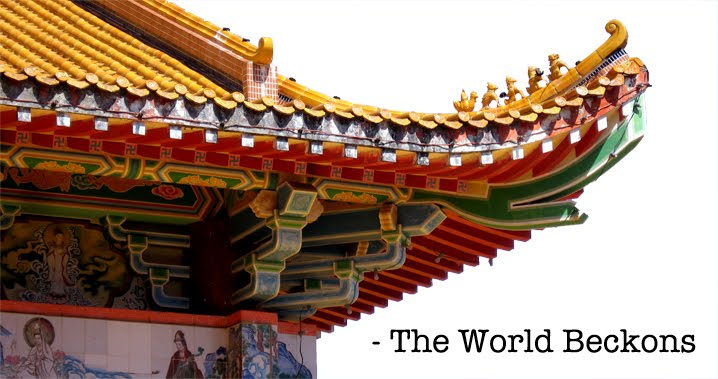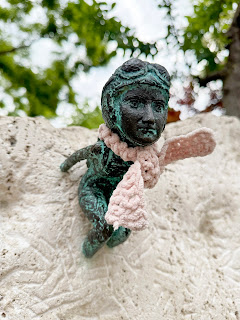 |
| Footfalls. |
Niagara Falls, ON – Even as it rattles through my bones, the crash of a fifth of the world's fresh water leaves me stilled, in awe.
It's deceptive in its emerald shimmer, rolling off the lip of the falls and spitting diamonds, caught in the sunlight.
I've been coming to Niagara Falls since I was a child and it continues to amaze, even as the area balloons in kitsch to accommodate an unceasing flow of tourists. But it's all about the natural wonder: so many mouths agape, like the Horseshoe Falls themselves.
Aboard the Hornblower, we dissolve into the mist, ruby-red ponchos inflating like comic book characters. I stand humbled beneath the torrent, swirling in the power of nature. Spray blows rainbows across the bow.
For the first time, we visit the Niagara Parks Power Station. Built in 1905, it was the first major power plant built on the Canadian side of the falls. It's now a beautiful museum that wears the history of electric power on its sleeve. Drips lead to a roar as we make our way down the 2,200-foot tunnel that once carried water away from the turbines.
We emerge beneath the falls. It's a vantage I've never had.
And it's spellbinding.














































